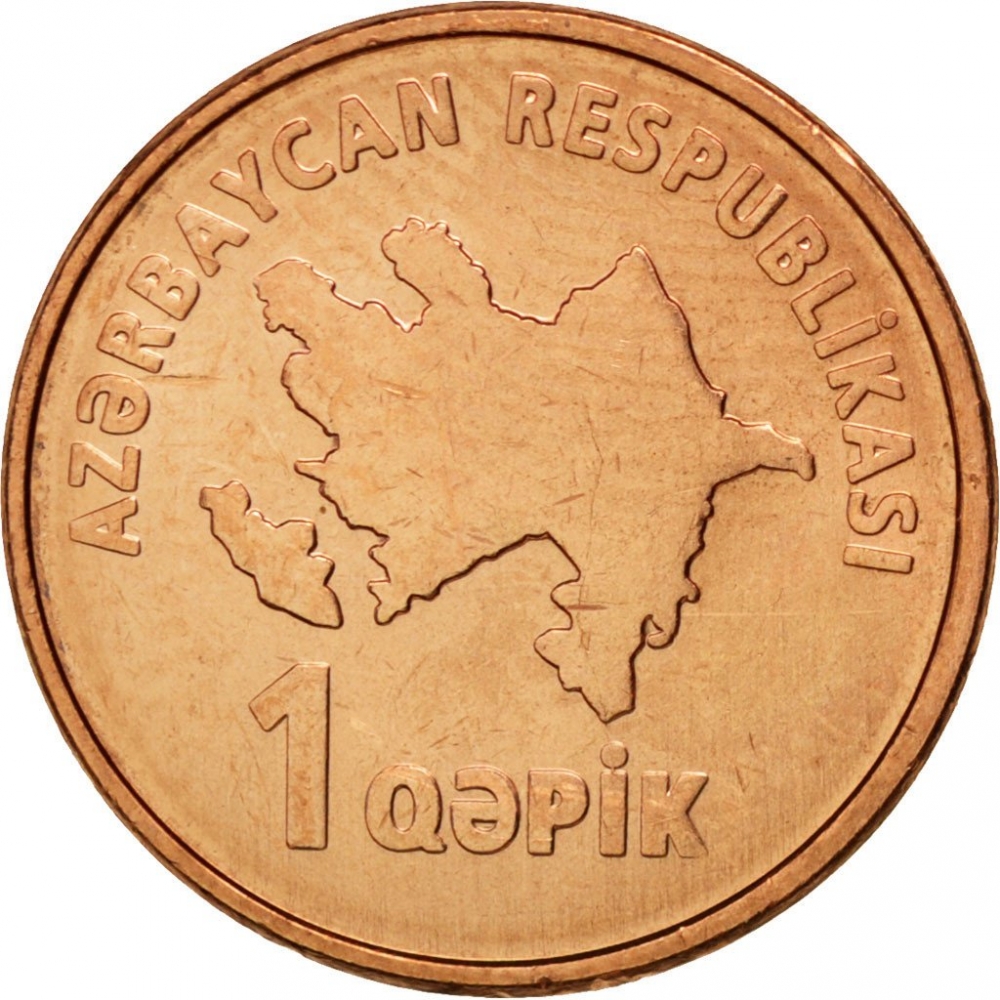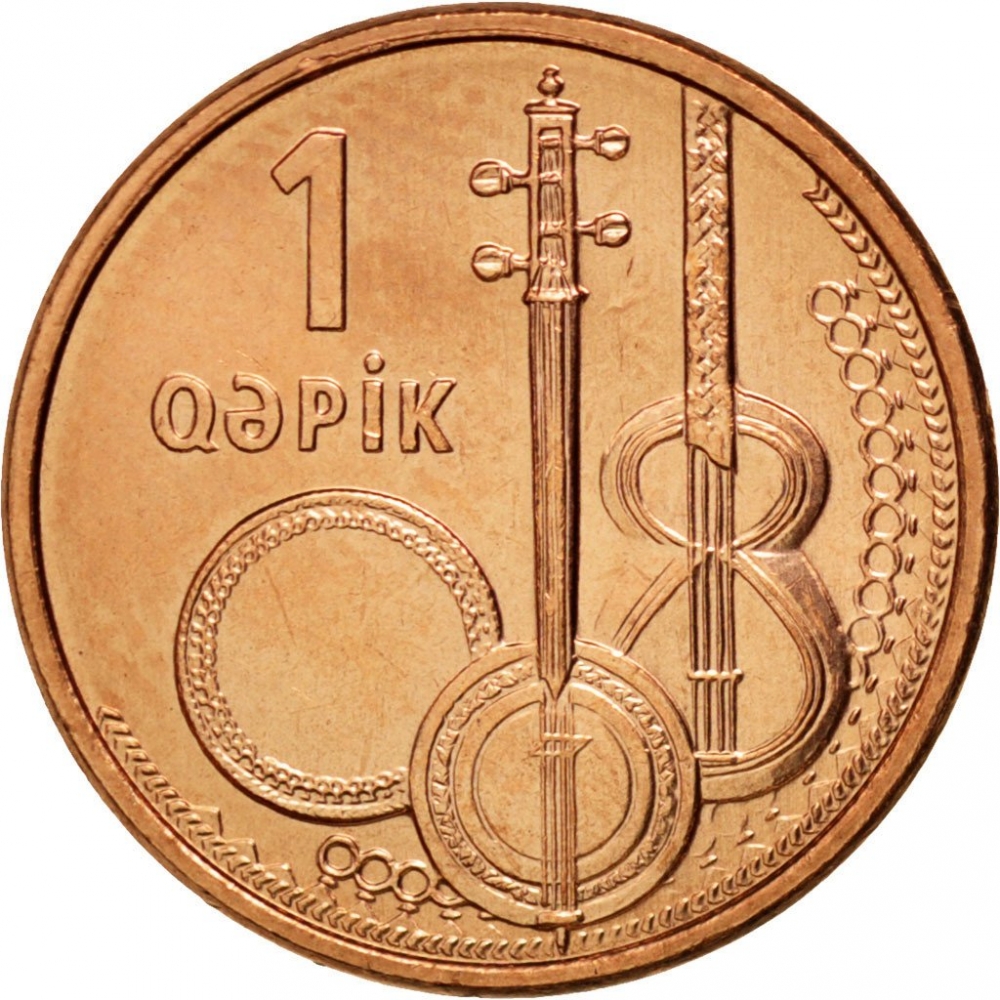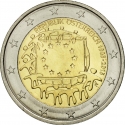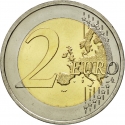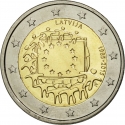You are about to finish your registration. Please check your mailbox (including spam folder). There should be a letter with a confirmation link. Check setting to make sure that your e-mail address is correct.
Send letter againDescription
Coins were first put into circulation during January 2006 and do not feature a mint year. The new design series celebrated the cultural heritage of Azerbaijan. Coins in circulation are 1, 3, 5, 10, 20 and 50 qəpik. Most coins closely resemble the size and shape of various euro coins. Most notably the bi-metallic 50 qəpik (similar to €2 coin) and the 10 qəpik (Spanish flower, like the 20 cent coin).
Engraver: Robert Kalina
Obverse

|
Map of Azerbaijan, country name, value. AZƏRBAYCAN RESPUBLİKASI |
|---|---|
Reverse

|
Culture traditional instruments (from left to right: daf, kamancheh and tar), used in performing modal music-mugham, denomination left. 1 |
| Edge |
1 Qapik
KM# 39 Schön# 13
Characteristics
| Material | Copper Plated Steel |
| Weight | 2.8 g |
| Diameter | 16.25 mm |
| Thickness | 2.1 mm |
| Shape |
|
| Alignment | Medal |
| Mints |
Austrian Mint National Bank of Ukraine Mint (NBU)
|
Related coins
30th Anniversary of the Flag of Europe
30th Anniversary of the Flag of Europe
30th Anniversary of the Flag of Europe
